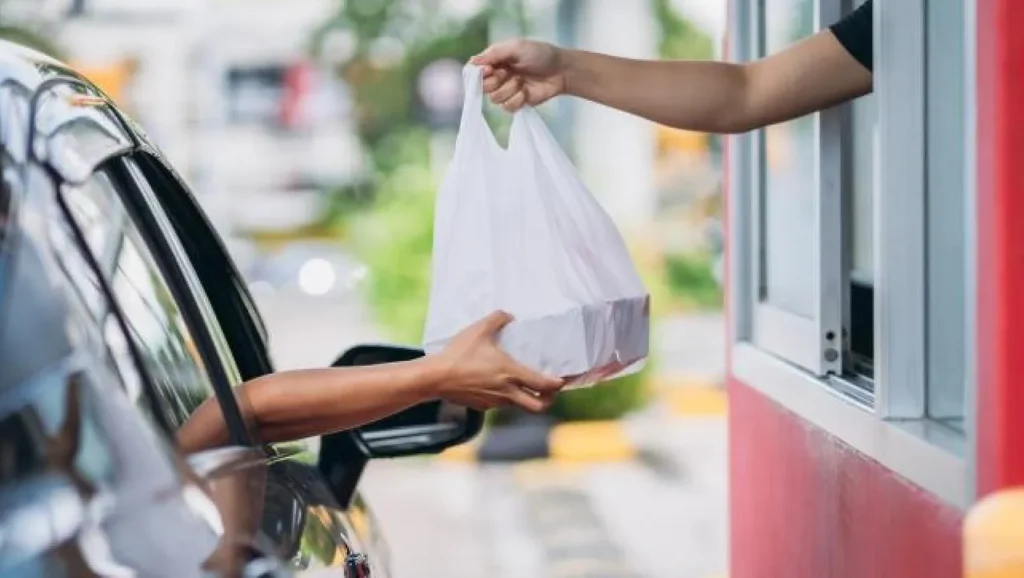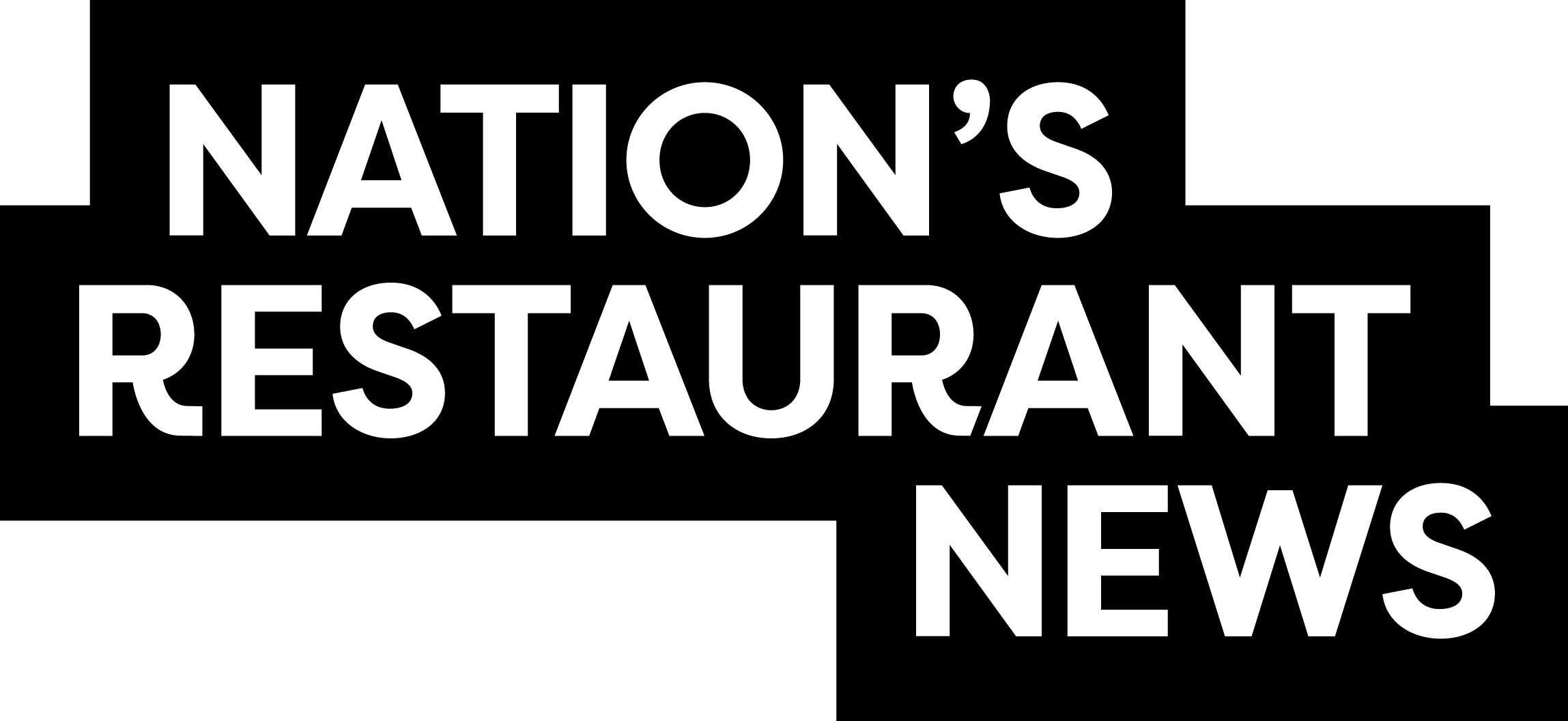Restaurant companies sound the alarm on consumer behavior
The National Restaurant Association projects ‘somewhat dampened growth’ throughout the second half of 2025 and into 2026
14 August 2025
Share this exclusive content from Saladplate

The second quarter was more sluggish than many brands expected | Photo Credit: NewSaetiew / iStock
McDonald’s second quarter included positive same-store sales, to the tune of +2.5%. It was a welcomed report after back-to-back negative quarters, which just doesn’t happen all too often at the Golden Arches.
That’s not to say it’s smooth sailing ahead, however.
McDonald’s was one of several restaurant brands that sounded the alarm on consumer behavior while cautioning of continued choppiness in the months ahead. This is quite a shift from the general mood during Q1 earnings in which operators expressed optimism that brighter days were ahead following an early start to the year that was marred by weather, widespread illness, and uncertainty.
In Q2, several brands — from CAVA to Wendy’s and Sweetgreen — lowered their full-year outlooks because of weary consumers as their uncertainty continues.
“It was a noisy start to the year. We had weather significantly impacting us. Then in March, we saw the biggest decline in consumer sentiment in recent history,” Wendy’s interim chief executive officer Ken Cook said during his company’s earnings call last week. “Consumers are behaving very differently, which resulted in a very different environment than what we originally expected. The environment today is very different than we anticipated at the beginning of the year, driven by dynamic consumer behavior and a more challenging, competitive environment.”
For brands that overindex with lower-income consumers, including McDonald’s, the outlook is even more grim. Bank of America defines “lower income” consumers as those earning less than $50,000 annually and more likely living paycheck to paycheck. Coca-Cola has defined the cohort as those making less than $40,000.
“Re-engaging the low-income consumer is critical as they typically visit our restaurants more frequently than middle- and high-income consumers,” McDonald’s chief executive officer Chris Kempczinski said during the company’s earnings call earlier this month. “This bifurcated consumer base is why we remain cautious about the overall near-term health of the U.S. consumer.”
Lower-income consumers, he added, have pulled back their restaurant visits by double digits in recent months and he expects this trend to continue throughout the rest of the year. New Bank of America data supports his forecast, noting that a widening gap has opened between spending and wage growth of lower-income households and other cohorts.
Jack in the Box is also heavily impacted by this demographic headwind. With same-store sales plunging 7.1% in the second quarter, CEO Lance Tucker noted that not only are lower-income consumers pulling back, but Hispanic consumers are as well.
“Jack in the Box significantly overindexes with Hispanic guests who, especially in our core markets, face uncertainty and have pulled back their spending,” he said during his company’s call this month. “This issue is having an outsized impact on our sales.”
Tucker estimates that Jack in the Box has “at least” 1.7 times the number of Hispanic consumers compared to the general restaurant industry and, in some markets, twice as many.
The quick-service segment isn’t alone in experiencing hastening consumer headwinds, by the way. At some casual dining chains, including Applebee’s, pressured consumers are trading down to lower-priced items or ordering fewer beverages and appetizers. Chipotle, CAVA, and Sweetgreen all reported lackluster results in Q2, indicating that even the previously insulated fast-casual segment is experiencing a pullback.
“We’re operating in a fluid macroeconomic environment, and it’s one that sort of creates a fog for consumers where things are changing constantly. During those times, they tend to step off of the gas … It’s something that we’re not immune to in this space,” CAVA chief financial officer Tricia Tolivar said this week.
Where the industry goes from here is anyone’s guess. Consumer sentiment scores have improved since tanking earlier this year, but they remain broadly negative. Inflation has ticked up, but modestly, while the unemployment rate remains historically low.
That said, the National Restaurant Association cautions that the economic expansion experienced throughout the past few years is “starting to show signs of fatigue,” including a slowdown in job growth in recent months.
“All told, the economic signals remain mixed, and this likely reflects the heightened degree of uncertainty among both consumers and businesses. Until the fog clears, the economic outlook will be somewhat muted,” the association notes, projecting “somewhat dampened growth” throughout the second half of 2025 and into 2026.
What is certain at this point is that the heavy value environment will continue in a bid to appeal to increasingly selective consumers.
“We’re seeing … consumers are really reacting to value, which tells me that a consumer wants to spend or wants to enjoy our products, but they’re limited on what they can spend,” El Pollo Loco CEO Liz Williams said during her company’s call. “So … you see value even more pronounced and more attractive in that dynamic.”

Source: Nation’s Restaurant News



